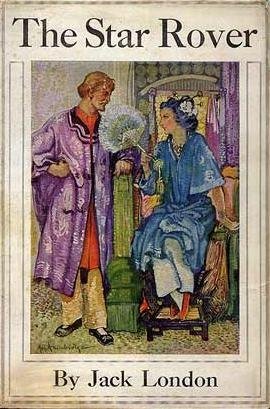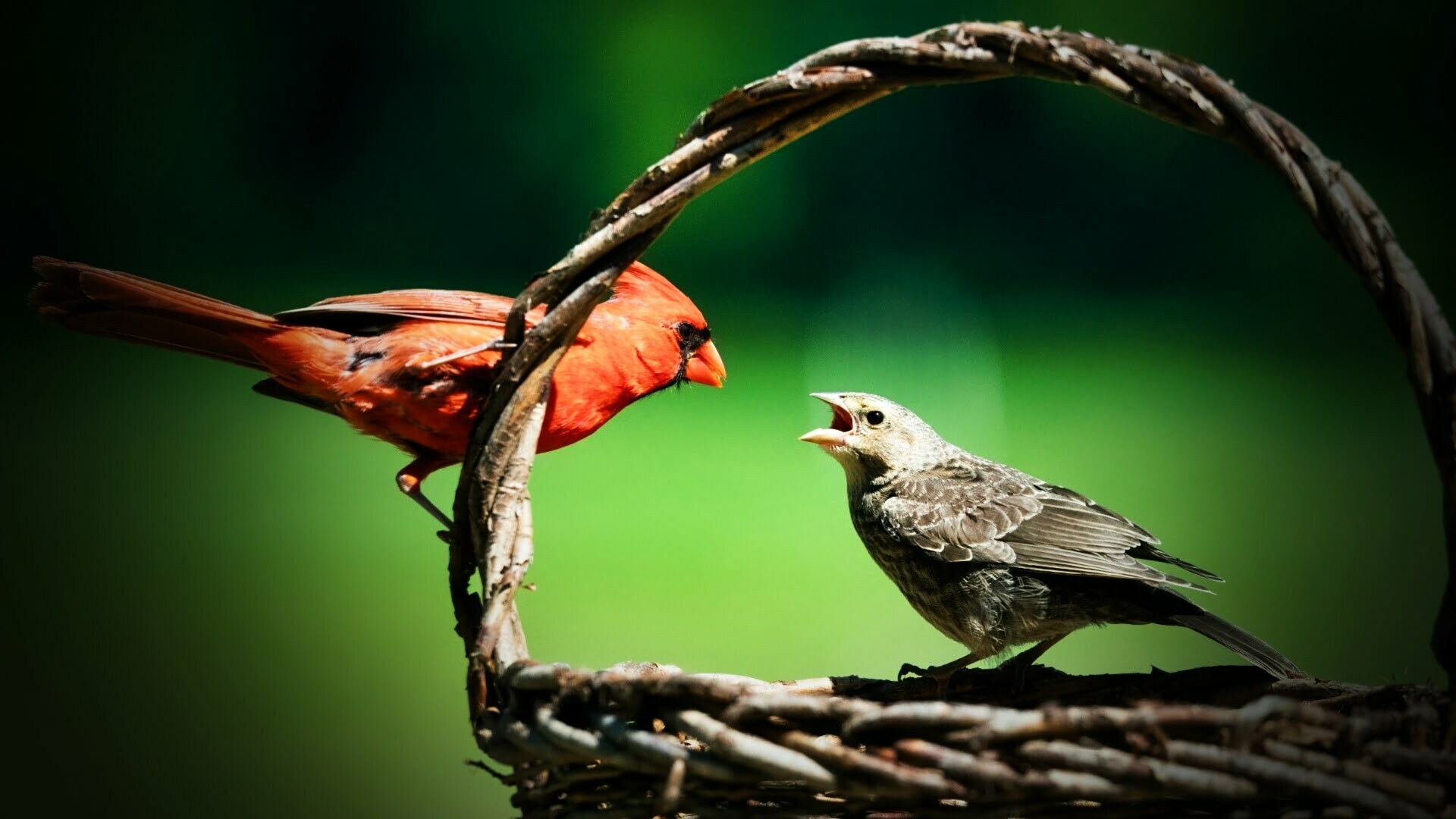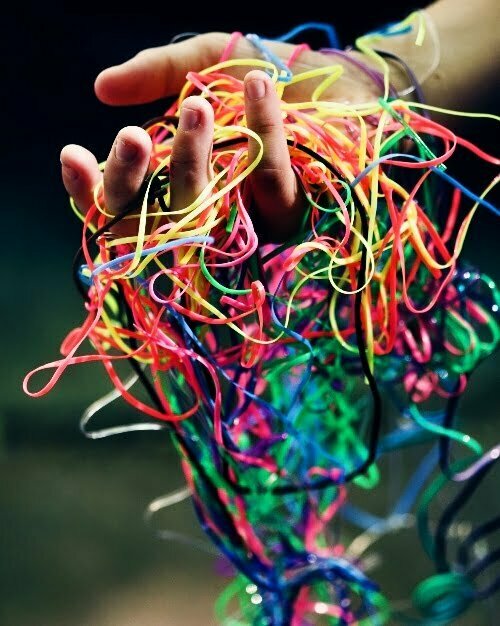Early in my spiritual journey, I encountered three remarkable books—The Star Rover, Through the Curtain, and The Tiger’s Fang—that opened my mind to vistas I had never imagined. These books brought me into worlds where the boundaries of ordinary perception melted away, revealing the possibility of a consciousness that reaches far beyond our limited, everyday sense of self.
The Star Rover

by Jack London: A Visionary Journey of Past Lives
In The Star Rover, Jack London uses the story of Darrell Standing, a prisoner subjected to severe solitary confinement, to explore the powers of consciousness and transcendence. Standing discovers a way to enter trances that transport him into his past lives across different eras and cultures. Through these trance states, he recalls previous existences with such vivid detail that they feel as real as his current life. Standing’s experiences offer readers a metaphysical exploration of the soul’s journey through time, questioning the nature of reality and memory.
The novel’s ambiguous ending, referencing an oar from one of Standing’s past lives supposedly held in the Smithsonian Institute, leaves readers between fiction and possibility. The oar becomes a powerful symbol of the novel’s central themes, suggesting that perhaps the mysteries of the human psyche contain remnants of lifetimes lived. London’s novel ultimately underscores the idea that reality is vast and malleable, accessible to those willing to push the limits of consciousness.
Through the Curtain

by Viola Petitt Neal and Shafica Karagulla: Investigating the Psychic Realms
Written by Viola Petitt Neal, an American psychic, and Shafica Karagulla, a psychiatrist interested in paranormal phenomena, Through the Curtain combines psychic experiences with scientific inquiry. This book bridges mystical experiences and clinical observation, seeking to explain psychic phenomena such as clairvoyance and spiritual healing within a scientific framework. The authors delve into the “curtain” between ordinary reality and the hidden layers of consciousness, presenting a perspective that views human awareness as a multidimensional experience.
Set partly in Edinburgh, Scotland, where Karagulla worked in mental health, the book draws upon personal and clinical experiences to explore psychic perception as a legitimate human faculty. By treating psychic experiences as real and investigable, Neal and Karagulla present a daring alternative to traditional Western psychology, proposing that realms of experience beyond the physical world are open to those sensitive enough to perceive them. Their work suggests that consciousness is not limited to the physical senses and can extend into unseen dimensions—a recurring theme across the three books.
The Tiger’s Fang

by Paul Twitchell: The Journey Beyond the Physical Plane
The Tiger’s Fang, written by Paul Twitchell, founder of the spiritual movement Eckankar, narrates a remarkable journey across spiritual planes guided by Twitchell’s spiritual teacher, Rebazar Tarzs. Twitchell recounts traversing numerous spiritual realms beyond the physical and astral planes, each unveiling a deeper level of spiritual truth and understanding. These realms are depicted as vibrantly alive, representing states of consciousness that move beyond earthly limitations.
Twitchell’s journey is an allegory for the spiritual seeker’s quest for self-realization and enlightenment. The Tiger’s Fang describes each plane as a station in the soul’s evolution, each with unique lessons and experiences. His encounters in these realms resonate with themes found in Neal and Karagulla’s work in that they explore a layered consciousness that bridges earthly and spiritual dimensions. Through Twitchell’s perspective, readers are invited to consider spiritual liberation as a process of ascending beyond the ego into realms of pure awareness.
Consciousness and Transcendence
These three books reveal different yet intersecting paths of exploring consciousness and transcendence. The Star Rover presents past lives as gateways to a collective memory that transcends the individual. Through the Curtain examines psychic perception as a tangible extension of the mind, proposing that each person holds the potential to reach beyond the ordinary. The Tiger’s Fang presents a structured journey across spiritual planes, suggesting a cosmic map of consciousness that leads to the ultimate realization of one’s divine nature.
All three books challenge conventional views of reality, inviting readers to look beyond what the physical senses can perceive. Whether through mystical vision, psychic insight, or spiritual guidance, each narrative suggests that reality is layered, with each layer offering deeper truths about existence and the soul. These works encourage a journey beyond self-imposed limits, hinting that consciousness, in its vast capacity, holds the power to transcend, connect, and awaken us to our most profound potential.
So, what if we loosen our beliefs about what is possible? These books dare us to imagine that there may be realms and forces at play right now, just beyond our perception, inviting us to explore consciousness without boundaries.




 How Neurotic was Sigmund Freud?
How Neurotic was Sigmund Freud?